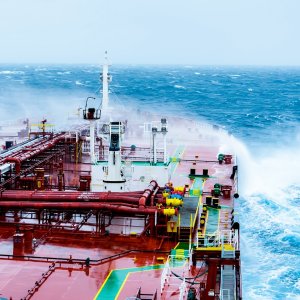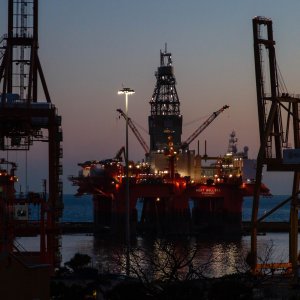Criteria Used to Shape the Deepwater Round

Criteria Used to Shape the Deepwater Round

STORY INLINE POST
R1-L04 has taken us longer to launch, and at some point we even questioned the viability of launching a deepwater round with the current oil prices. However, major oil companies were adamant about having the deepwater tender, as they were seriously interested in spite of the oil prices because of the opportunity it represents. There is a lot of excitement about coming to a newly open area, and deepwater in Mexico is something entirely new. Furthermore, everybody is certain that there is a huge unexplored potential. We decided to launch some blocks and asked for feedback, since the law allows companies to nominate deepwater areas. The industry suggested that some of the blocks we selected were not attractive enough, while companies also showed interested in other areas. Everyone wanted to see blocks in Perdido, but some companies pointed out that 3,000- 3,500m depth would create opportunities for just a few players. If we reduced water depth to 1,500m, we could tender deepwater blocks in Perdido but in a more inclusive way. In addition to Perdido, companies wanted to see other unexplored frontier blocks because their geologists have data that suggests incredible prospects. This, along with the discussions we had regarding the size of the blocks, was quite insightful. After looking at international standards, we decided to go for slightly larger blocks.
Another aspect that resulted in a long discussion process was the type of contract for deepwater blocks, and we ultimately decided to opt for licenses. The contract cannot look like a profit- sharing agreement because it is not, but it cannot be a concession either because these are not allowed in the Constitution. Now the interesting aspect is defining what a license contract looks like in Mexico.
As in all the categories, we measured global events, and one of the things we learned from Norway is the fact that it has two types of deepwater tenders, referred to as “known areas”, which includes mature fields, and “frontier areas”. We tried to base our model on this, and there are some areas like Perdido that will see great success. Our preference can be split into two types of players, those that want to be situated in locations close to PEMEX, as this will offer synergies in terms of oil and gas infrastructure, and oil companies that seek to explore areas where PEMEX has not attempted to make any advances. I feel extremely proud to say that the nomination feature was something I brought to the Commission, and was subsequently incorporated into the law. Since the deepwater tender has a long-term scope, we hope that the psychological effect of the oil prices will not impact the round too harshly.
Some of the fields may contain gas and condensate, while others may contain super- light crude oil. In a gas and condensate field, the condensate may have an API gravity of 50°, which is quite attractive and makes a good business case for a gas field. Fields such as Kunah, Lakach, and Piklis may be great business opportunities should they be consolidated and developed in partnership with another company. For PEMEX, these opportunities are very weak if they are treated as standalone projects. Some of the more potentially lucrative areas have constricted PEMEX since they are ultra- deepwater, and in some areas, no platform in existence would be suitable. However, after the tenders and when the time to drill arrives, that technology will exist. The beauty of the exploration stage is the fact that the real winners are those companies with the most qualified geoscientists.
























